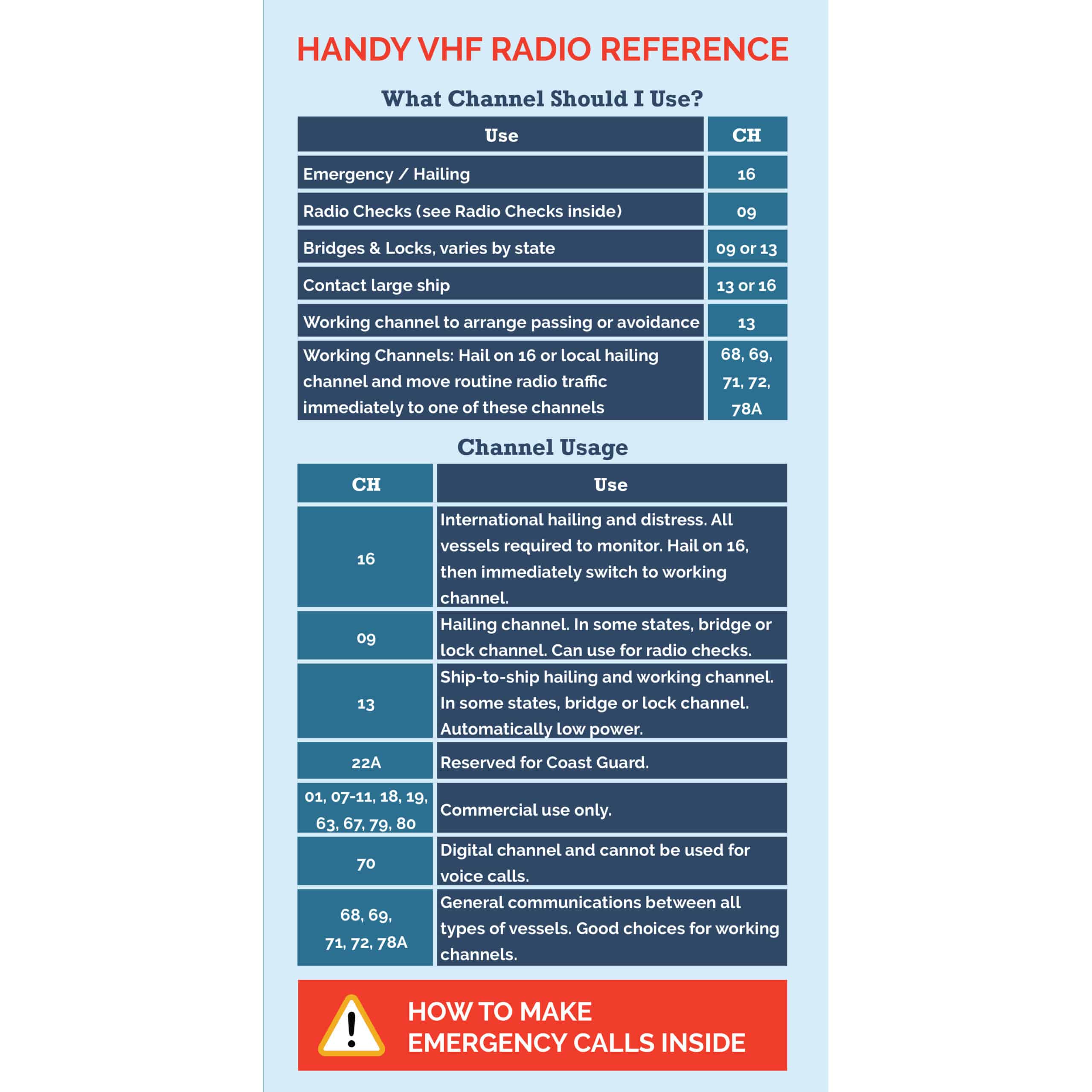How do you gain cruising experience? After all, moving aboard a boat and going cruising is a daunting task. But taking things step by step can make it all manageable.
Step-By-Step Guide
Of course, the exact progression will depend on your own background, your boat, your location, and so on. But here’s a rough outline:
Start in the Marina
Live on the boat at a marina for a month or more. Get used to using the boat’s basic systems and learning where things are. Learn the basics while you still have unlimited power and water. And learn about your boat’s toilet (pump outs or changing compost).
Anchor Out
Move to a nearby anchorage for another month or so. Now you can get used to monitoring power and water. You’ll learn how to run the charging systems. And you will gain experience dinghying to shore and back. Start learning to keep things tidied up in case of a wake. Start using the VHF to communicate with other boats. Go through a squall or two at anchor – and realize it’s not so bad. Get comfortable with life aboard before starting to move the boat.
Take Day Trips
Take day trips. Get comfortable not just with operating the boat but also with preparing to get underway and anchoring upon return. Learn how to safely stow everything on board. Returning to the same area reduces the amount of “new stuff” you’re facing all at once.
If you’re on the East Coast, traveling on the ICW is a great next step. You’ll get practice in planning a day’s travel, watching channel markers, using the VHF, going through bridges, and being in the company of other boats. Start feeling more comfortable in close-quarters maneuvering, as you go to fuel and water docks or take a slip in a marina. Plus you’ll start figuring out how to do things in new places, whether it’s anchoring, provisioning, or just where to take the trash.
Day hops on less-protected waters will continue to increase your skill set and comfort level.
As you travel on the ICW or do day hops, another “skill” you’ll start to pick up is having more travel days in a row and planning lay days and stops for fuel, water, provisioning, laundry, and pumpouts.
Your First Overnight Passage
Then, finally, you may want to try an overnight passage, and then a three or four-day passage. And finally, you’ll feel confident about taking longer trips.
You Can Do It!
The important thing is not to think that you’re going to move aboard one day and take off for parts unknown the next. Even experienced boaters give themselves some shakedown time! If you’re new to living on a boat, there is a lot to learn. Remove the stress by taking it one step at a time. You’ll find you gain cruising experience in no time.
Flatten the learning curve with practical how-to info that gives you the confidence to step into life aboard.
Start Learning Today

Carolyn Shearlock has lived aboard full-time for 17 years, splitting her time between a Tayana 37 monohull and a Gemini 105 catamaran. She’s cruised over 14,000 miles, from Pacific Mexico and Central America to Florida and the Bahamas, gaining firsthand experience with the joys and challenges of life on the water.
Through The Boat Galley, Carolyn has helped thousands of people explore, prepare for, and enjoy life afloat. She shares her expertise as an instructor at Cruisers University, in leading boating publications, and through her bestselling book, The Boat Galley Cookbook. She is passionate about helping others embark on their liveaboard journey—making life on the water simpler, safer, and more enjoyable.










Patti says
Wonderful reminders! Especially about anchoring out for a month while nearby your home port. Crawl before you walk! Thanks!